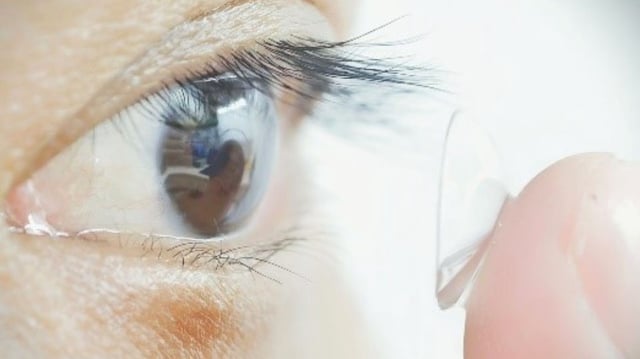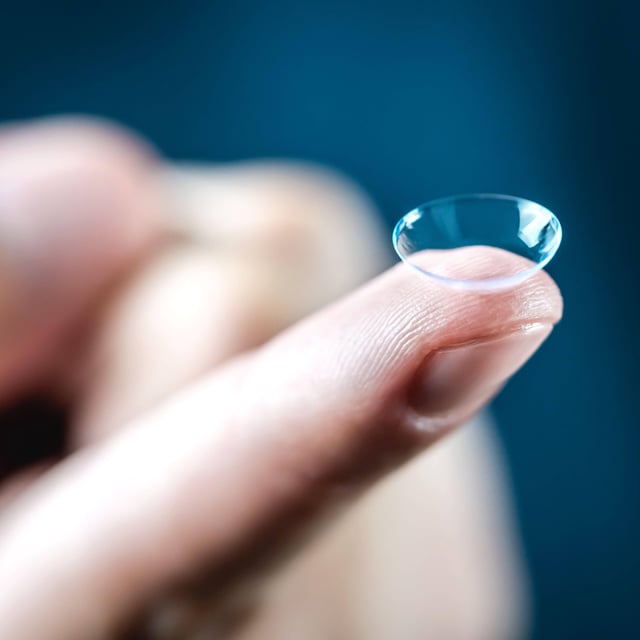Overview
- The lenses use upconversion nanoparticles to transform near-infrared light (800–1,600 nm) into visible light (400–700 nm), allowing human wearers to perceive infrared signals.
- Participants in human trials successfully detected flashing infrared light and directional cues, with enhanced detection when eyes were closed due to better infrared penetration through eyelids.
- Current prototypes are limited to detecting strong LED-sourced infrared light and produce blurry images, but researchers have introduced glasses to improve resolution.
- The technology supports color-coding of infrared wavelengths into distinct visible hues, with potential applications for color-blindness correction and detailed infrared perception.
- Future enhancements aim to increase sensitivity to ambient infrared light and improve spatial resolution for broader applications, including security, medical imaging, and rescue operations.


